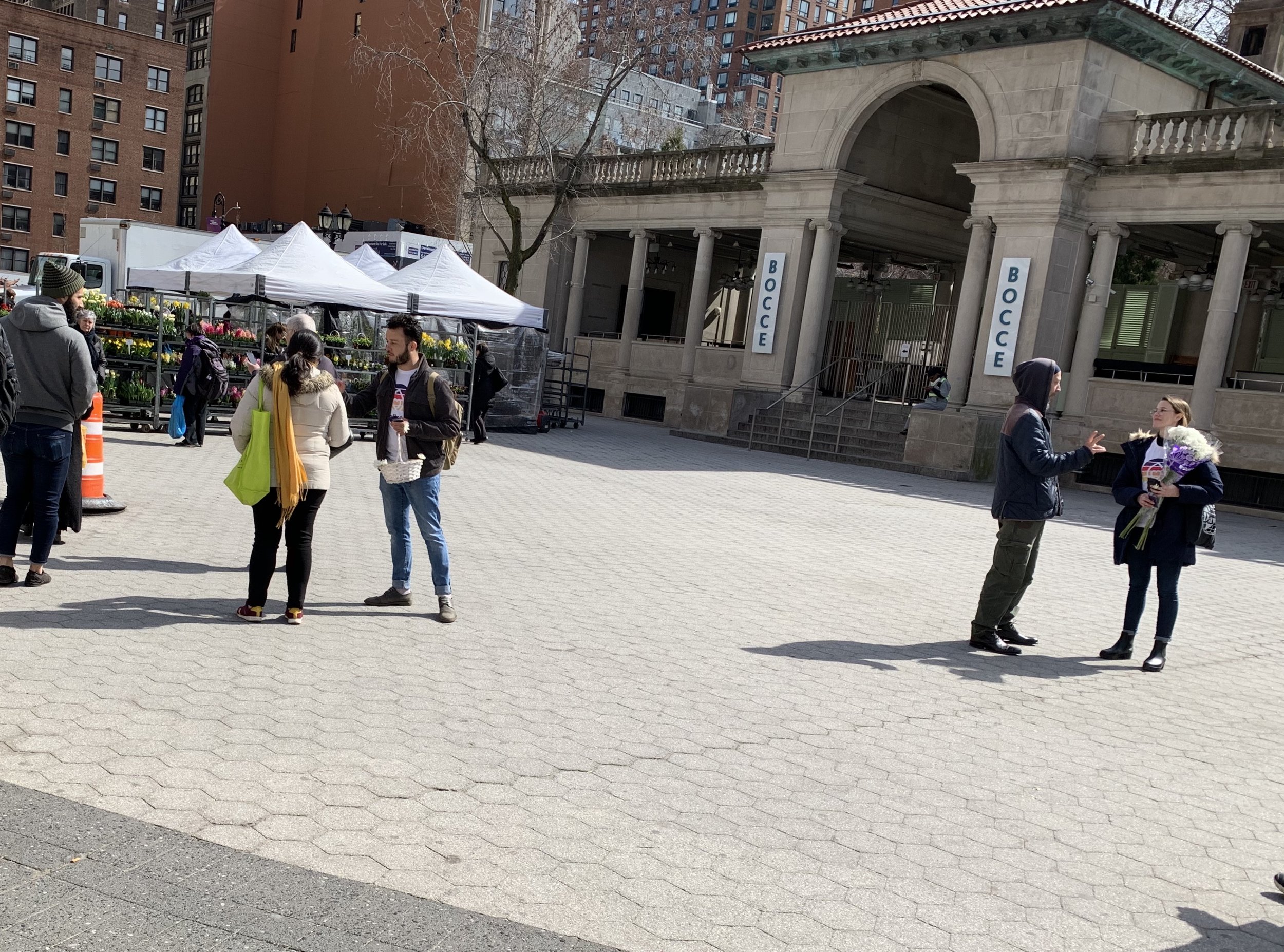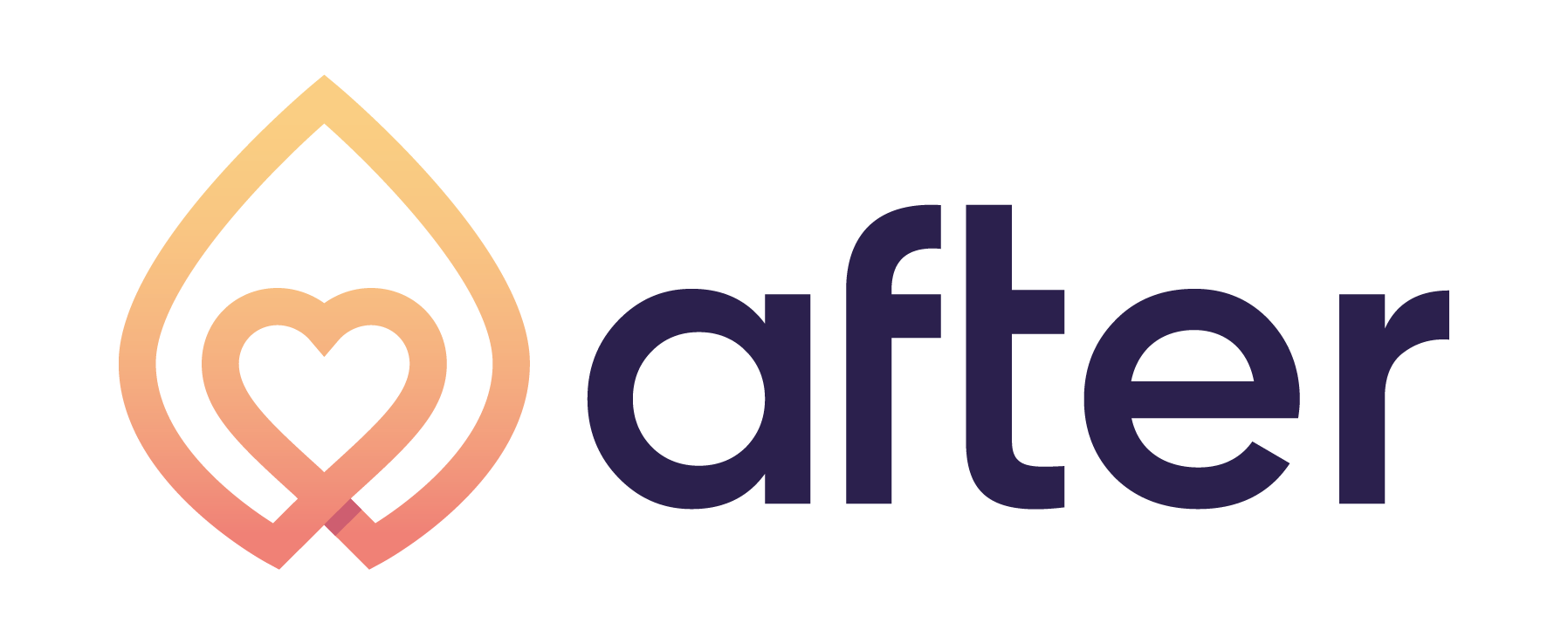after: end-of-life
Reimagining End-of-Life
How might we redefine our collective understanding of death and dying in the U. S. while creating a self-sustainable organization?
#Strategy #DesignResearch #Facilitation
Org: The Future Company || Location: NYC || Date: Aug 2018 - Apr 2019 || Role: Design Strategist
Brief
The project, known as “After”, was born in the entrepreneurs-in-residence program of The Future Company. However, later spinning-off as an independent organization.
The challenge: people avoid thinking about anything to do with the end of life. Being unclear poses a high cost, too often leaving affairs out of sorts puts loved ones into legal or interpersonal disputes.
The solution: After, a purpose-driven company focused on increasing fluency around the end of life matters through experiences in person and online, and a marketplace that serves as a central hub to help people navigate the industry. With the ultimate vision of becoming a human-centered platform for all things end-of-life – think “theknot.com" with high end U.X.
My Role
I was the design researcher and business model strategist of a team composed by the funder, the CEO, brand strategists, producers, and other business strategists. My responsibilities ranged from leading customer discovery, secondary and primary research, to workshop facilitation, and supporting the team as needed throughout the different stages of the project.
The process
The project followed a series of loops consisting of ideation, research, concept development, and testing. There are three distinct stages of concept development that I was able to support in different capacities:
Early Discovery Stage
I worked closely with the founder to explore possible concepts, facilitated ideation sessions and collected insights from analogs research with the purpose of going wide, diverging and challenging the preconceived notions of the project, particularly around crafting a theory of change and a vision.
Overall this stage allowed us to identify and prioritize the design constraints of the project.
Early Concept Development
I facilitated business model workshops and began the early customer discovery process, using assumptions based on our initial research. This stage involved several presentations (small pitches) and feedback sessions, as well as simple financial modeling and assumption testing to narrow down to two individual but complementary concepts. This stage’s major challenge was to balance out the vision and possible roads to get there.
The central process in this stage was feedback, from management, the team, and the customers.
Prototyping and Testing
During this stage, I continued secondary research and lead the customer discovery process by planning and executing interviews, observations, and insights to feed the project as it was being developed and tested.**
**The project is still in development. I exited the project in April 2019.
Results
A purpose-driven startup with a tested value proposition, that is currently testing the different options to deliver its value to the customers and learning how to best lead the conversation in an area that is considered taboo by many.
Visit this website for the most current version of the project https://www.after.community
Lessons learnt
This is a particularly complex social problem and as a such, a particularly difficult one to measure in terms of social impact, consequently I would have pushed to take on a more “Lean” approach early on (doubling up on talking with customers) to speed up the process of uncovering unmet product-market fit and build the social value around it.








